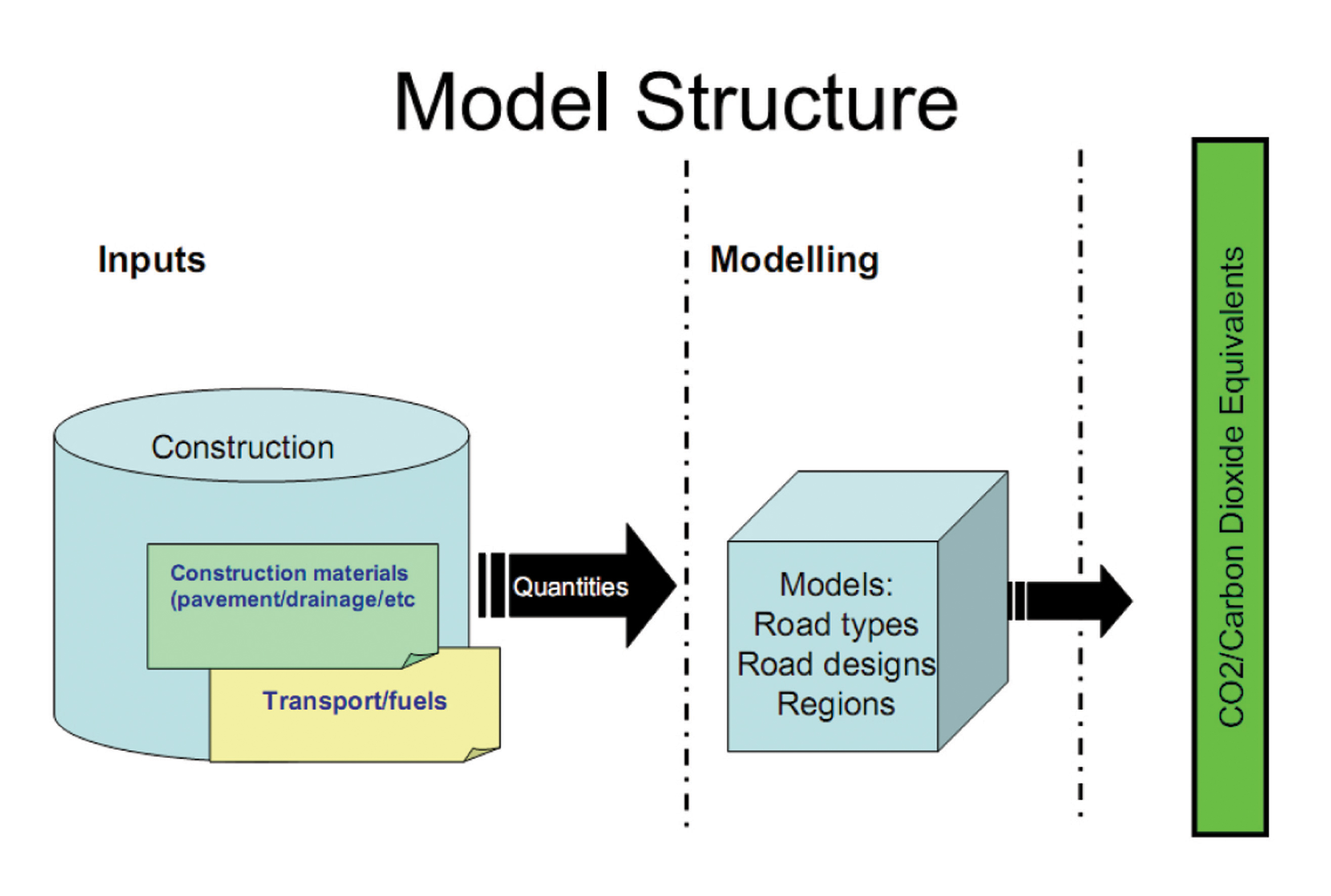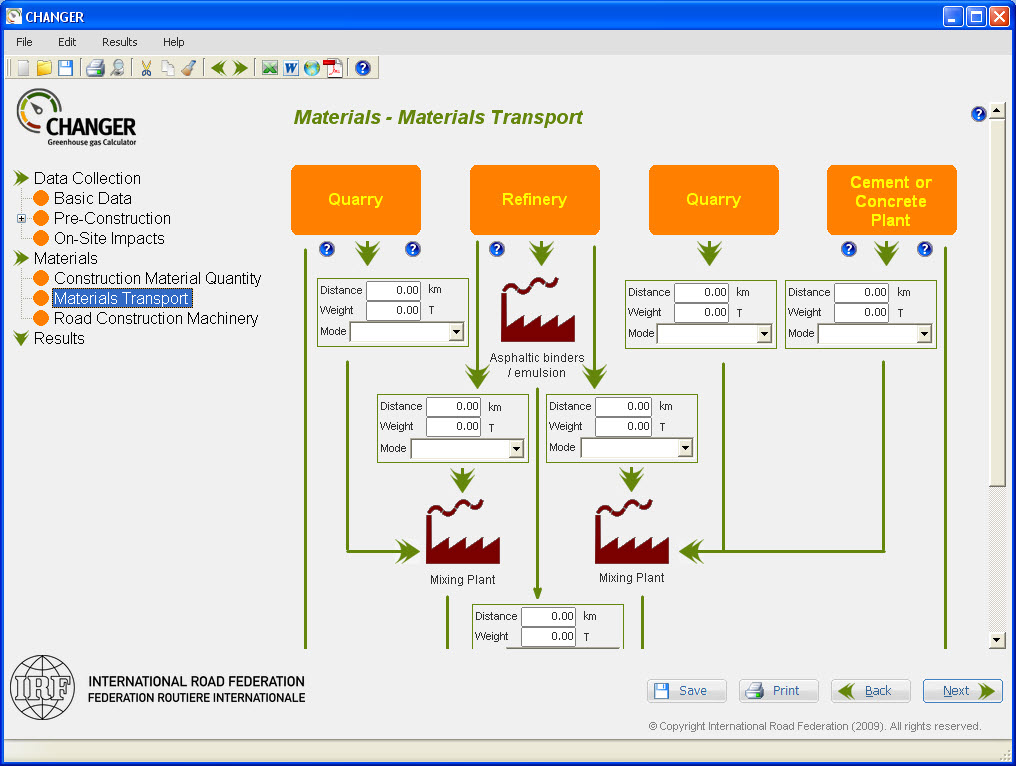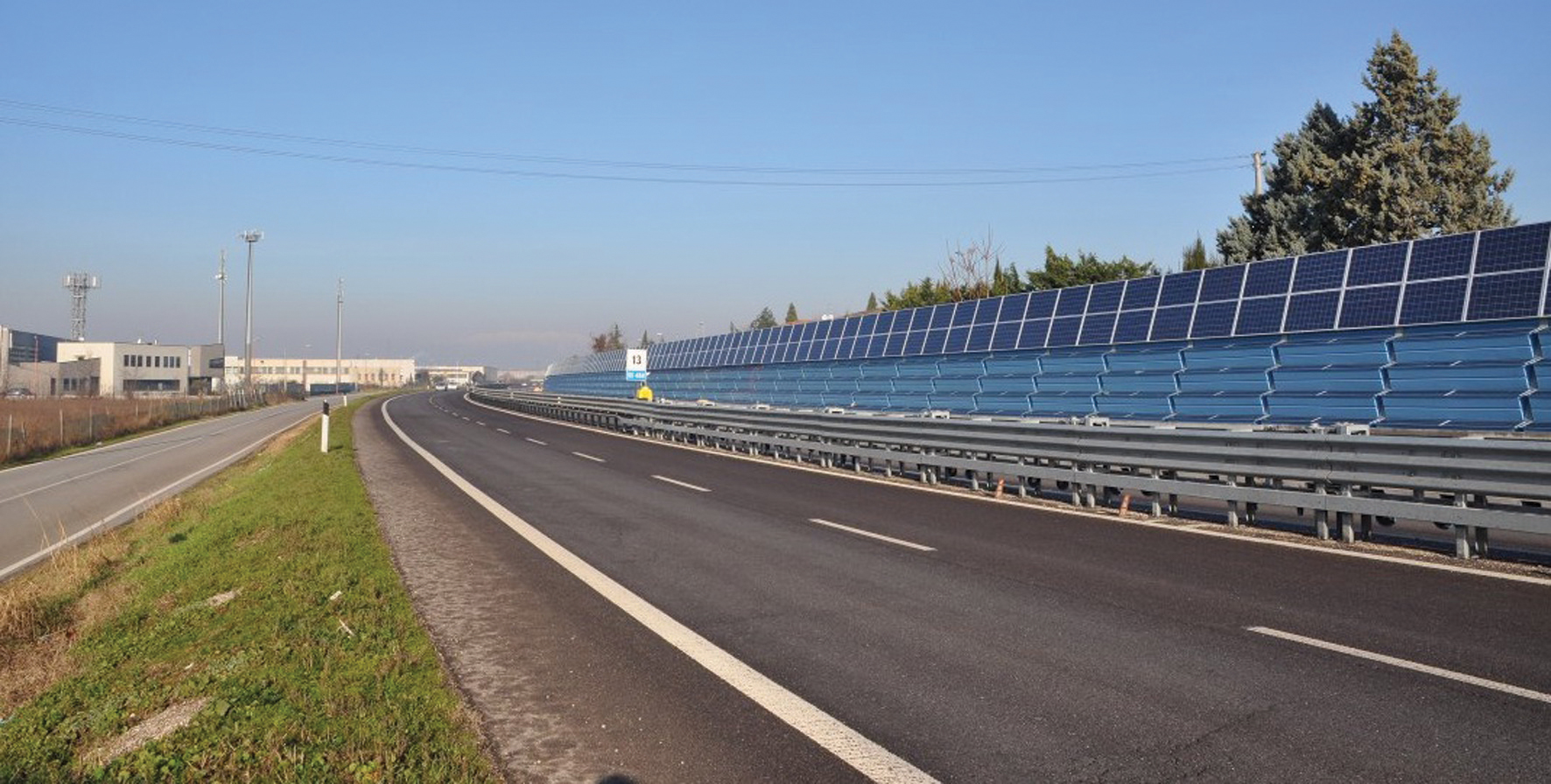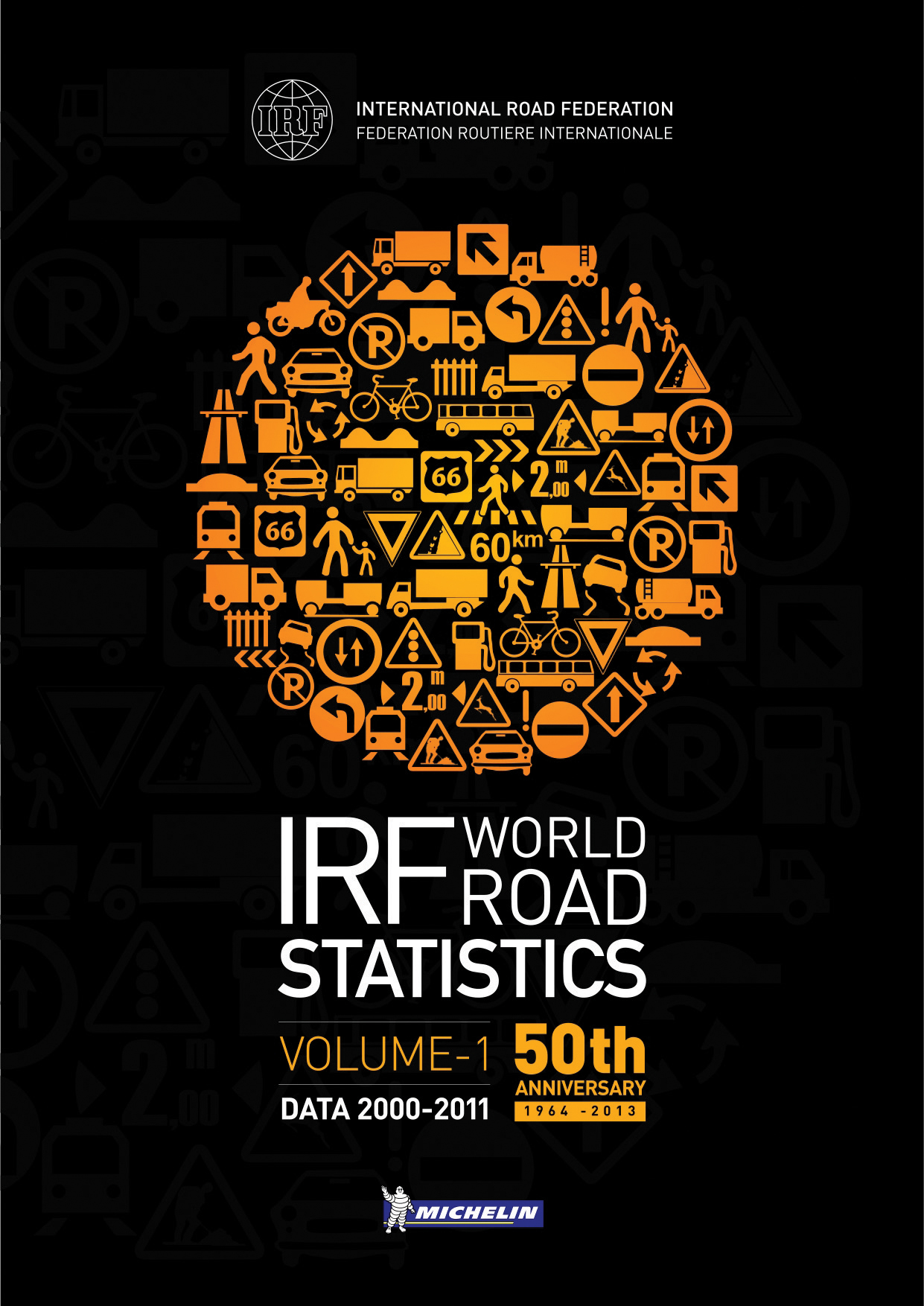IRF Geneva's statistics guru, Cristian Gonzalez, explores the growing importance of data in public and private assessments of transport projects IRF's work on statistics is rarely in the limelight. It is, however, an essential component of the federation's key advocacy role on behalf of its members. Statistics are, indeed, a vital function of authoritative lobbying and knowledge sharing on the range of issues impacting our sector - from highlighting the persuasive economic business cases for investment in
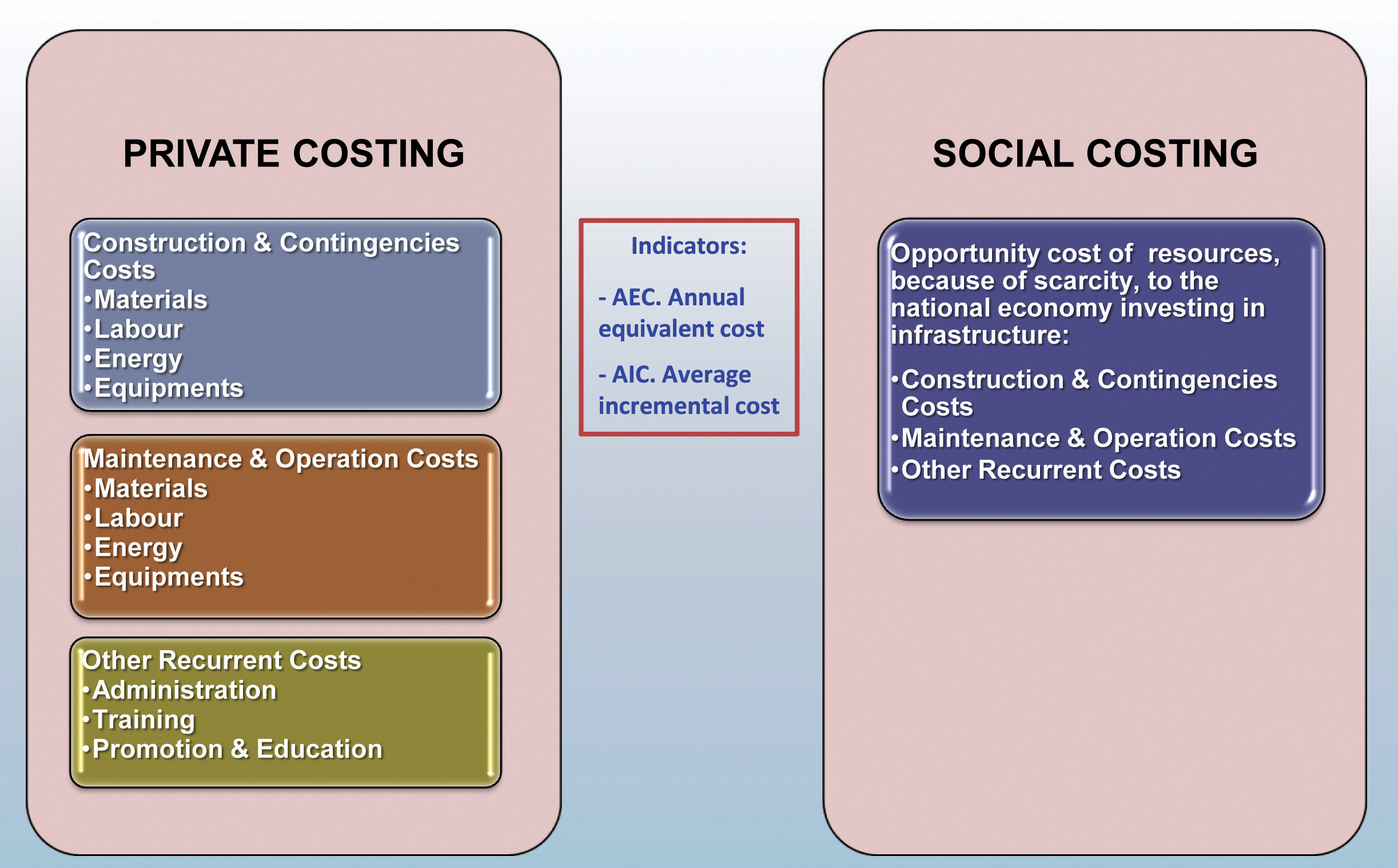
Private v. Social Costing
IRF Geneva's statistics guru, Cristian Gonzalez, explores the growing importance of data in public and private assessments of transport projects
Transport projects represent a complex process for decision makers. They involve high degrees of uncertainty with respect to future operations, resource allocation and risks.
Sound statistical data and quantitative analysis can mitigate these uncertainties and risks.
The IRF World Road Statistics The compilation of of cial World Road Statistics (WRS) is one of IRF's - agship projects. Published every year since 1964, the WRS remain the only comprehensive source of data for the international road, traf c and transport sectors.
Their credentials are derived from IRF's unique network of primary statistical sources covering some 185 countries, including National Statistics Of ces; Ministries of Transport and Public Works; Road Authorities and other relevant Government Institutions. In addition, the principal secondary sources are systematically screened and used to complete the data set. The WRS are notably used by the
An exhaustive range of themes is covered in detail, including the latest available gures relating to road networks, traf c, multimodal traf c comparisons, vehicles in use, road accidents and energy. An entire section is devoted to road expenditure, and features a thorough breakdown according to country, administrative level and nature of outlay, as well as an indication of private sector investment.
This dimension of the WRS provides vital advocacy support to another flagship activity undertaken by
Conscious of the importance of sound asset management, IRF created this initiative to enable the dynamic sharing, analysis and evaluation of experiences from sector professionals across the world with a view to identifying optimum as well as new and innovative funding mechanisms for the provision of sustainable infrastructure. To facilitate this process, IRF Geneva provides its members with access to critical information on road investment programmes, as well as a platform through which to meet and engage with prospective consortium partners who might be associated with future project bids. In parallel, it guides governments with the latest policy advice regarding sustainable levels and mechanisms for the funding of roads. Through this advocacy work, it maintains road construction and maintenance activity to the forefront of the political agenda and generally helps situate IRF members among the leading thought leaders on infrastructure nancing and economics. Access to up to date and authoritative statistical data is critical in this respect as it enables fact based direct and indirect economic impact analysis for road investment.
This work is further complemented by the website of IRF Geneva's global Transport Knowledge Practice (www.gtkp.com), which offers a unique online portal for sharing a wealth of cutting-edge data and experience on a wide-ranging array of interdependent themes, including road nance, public-private partnerships, the impacts of the current nancial crisis, the commercialisation of asset management, the nancing of rural roads, procurement and contracting, and the economic evaluation of infrastructure.
A multi-disciplinary approach
This latter area is particularly topical given growing recognition that transport planning and policy requires a fully-integrated, multidisciplinary approach; one which extends beyond engineers to engage urban planners, marketing specialists, sociologists, politicians and a whole range of other stakeholders, users and decision-makers - including, of course, economists and statisticians. Whilst they may not have the capacity to choose the best technologies or materials options, economists are uniquely quali ed to interpret behaviour and properly integrate the social dimension into the equation. They can also help with proactive understanding of why certain infrastructure options work in some contexts or countries but not in others. Statistics furnish vital data regarding the speci c context and economy in which the project is situated, notably in terms of available resources, equipment and labour - and generally help highlight and distinguish the various factors relevant to the evaluation of private and public projects respectively.
The evaluation of private and public projects
In particular, they enable the disaggregation of the data needed for the relevant cost analysis.
Private costing will typically need to address construction and contingency costs (materials, labour, energy, and equipment); maintenance and operation costs (again by reference to materials, labour, energy and equipment) and other recurrent costs (administration, training, promotion and education for example).
From a social costing point of view, however, reference will need to be made to the 'opportunity cost of resources to the national economy investing in infrastructure'. Again, the analysis will consider costs related to construction and contingencies, maintenance and operation, and other recurrent items. In contrast to private projects, however, these must be adjusted to take into account the 'scarcity' of the given project. This is because the project will be mobilising materials and labour diverted from other high productivity sectors of the economy. The associated social costs therefore need to take into account the optimum alternative choices and resource allocations for the society concerned.
But how can these optimum choices and allocations be identied? Once again, statistics come to the rescue by enabling even deeper disaggregation of costing data as well as the assessment of parameters such as behaviour, preferences and relevant variables. These are not merely altruistic considerations that can be safely ignored. On the contrary, the social acceptability and very viability of a project may depend on them. The more disaggregated the data, the more useful it becomes from an economic point of view in terms of identifying social values.
Market and social prices
Similarly, at the next step of the costing analysis, a distinction needs to be made between market and social prices.
The market price is largely self-explanatory, but due account must be made for distortions arising from market imperfections, such as minimum wage labour, control of currency exchange (which affects the prices of imported materials and equipment), subsidies and taxes, and also asymmetric information between lenders and borrowers in terms of nancing a private project via interest rate. The social dimension covers those prices prevailing in a competitive market: the unskilled labour wage, due to unemployment in this speci c labour market, the foreign rate of exchange and the opportunity cost of capital, land, water and energy.
Shadow factors In order to arrive at a rational balance between market and social prices, so-called 'shadow factors' need to be taken into account.
Shadow factors
In order to arrive at a rational balance between market and social prices, so-called 'shadow factors' need to be taken into account.
Shadow factors express the ratio of a shadow (economically ef cient) price to its actual (economically inef cient) market price. In other words, they are correctors designed to arrive at equilibrium of the market. Assessing them, however, is not an easy task. A deep knowledge of the economy, duly supported by reliable statistics, is once again essential for their reliable calculation.
Once, the relevant private and social costs and have been thoroughly analysed, we can move on to assessing the corresponding private and social bene ts. The private bene ts are estimated by reference to road user charges.
These include direct tolls, indirect fuel taxes, and other mechanisms. The parallel social bene ts are principally estimated using econometric analysis to allocate monetary values. Econometrics methodologies get round the fact that the nature of social bene ts is largely non-monetary by enabling bene ciaries to be confronted in a hypothetical market, where they are given the possibility of accepting the project or otherwise at given proposed prices. In effect, the process assesses willingness to pay (WTP), which is not only in- uenced by the proposed prices but also by less immediately tangible social parameters.
Examples might typically include perceived savings in travel times thanks to better road infrastructure, better access to markets or enhanced land values.
Such elements not only permit the de nition of compelling social cost-bene t ratios but also contribute signi cantly to the long-term viability of a given scheme. Accurate estimation of the Net Present Value (NPV) of projects by reference to costs, bene ts, shadow prices and social discount rates can be decisive in terms of guiding decision makers in the ef cient allocation of resources. Indeed, the decision to invest in a transport project is increasingly a function of the difference between the NPV with the implementation of the project "less" the NPV without the implementation of the project.
The methodology introduced brie- y above is, of course, just one example from the array of tools available to statisticians. The 'microeconomic' approach adopted can, for example, be contrasted with macroeconomic evaluations that involve more aggregate, as opposed to disaggregated, data in order to identify the capital stock, depreciations and so on from national accounts. Another important complementary approach is the public-private partnership model that is the object of a separate IRF Geneva specialist activity in the service of its members



